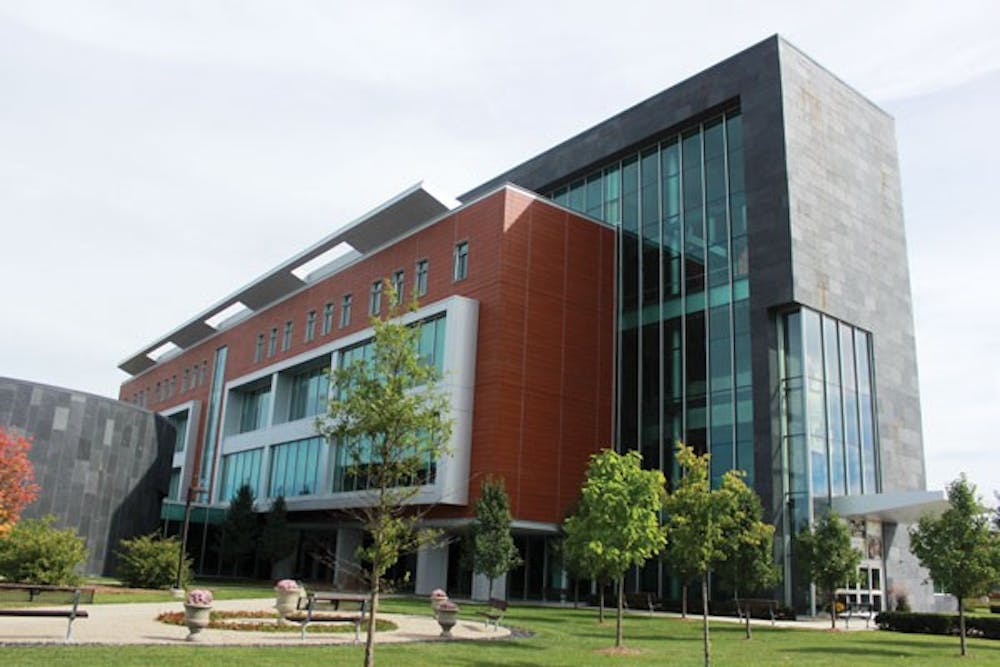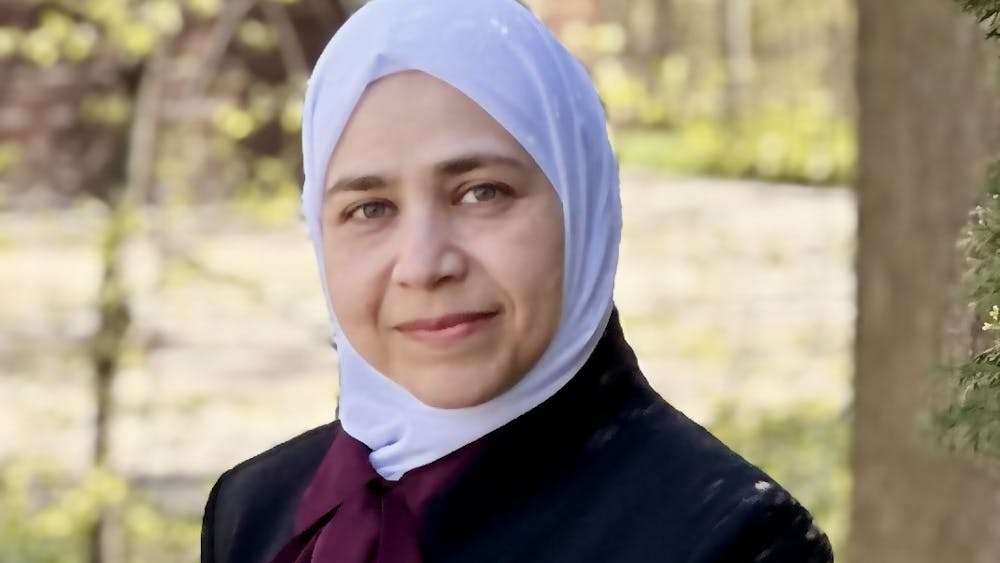'Green' building projects to save university $2.5 million per year
The strategic planning team for Central Michigan University is taking steps to make on-campus buildings more energy-efficient, saving the university almost $2.5 million per year in total savings.
These cost-saving projects come at a vital time for CMU, as its colleges grapple with less revenue flowing through them in the face of enrollment declines.
CMU has completed some and has plans for several more major construction projects on campus that have met the U.S. Green Building Council guidelines, following Leadership in Energy and Environmental Design requirements.
LEED is a program that provides a third-party verification of "green" buildings. Building projects must satisfy prerequisite categories and then earn points based on the fulfillment of these categories to achieve different levels of certification.
"We have an active energy optimization effort focused on reducing energy consumption," said Associate Vice President of Facilities Management Steve Lawrence.
Credit for LEED certification comes from several categories that encourage minimizing the impact on ecosystems and water resources, reducing energy and material uses, minimizing the use of water and lighting and improving indoor air quality levels.
The CMED building has a Gold Certification. Earning silver commendation was the newly renovated Ronan Hall, completed in 2010, as well as the Education and Human Services building, completed in 2009.
Recently-completed renovation projects for the Bovee University Center began in 2011 and were later certified, but it earned no medal of commendation.
Consumers Energy and DTE Energy began to offer rebate programs in 2008. Consumers Energy pays anywhere between 20 to 50 percent of the renovation costs in exchange for upgraded energy equipment.
As of July 1, 2013, CMU has received $368,732 in these rebates for energy-optimization projects. The money is used by the university to continue to fund similar projects in the future.
Future renovations to buildings are intended to follow these LEED guidelines to maximize energy efficiency.
"We started a retro-commissioning effort in July 2011 that reviews, checks and calibrates existing equipment," Lawrence said. "To date, 13 buildings have been completed, with an estimated savings of $198,000 per year. In addition to reducing energy consumption, occupant comfort has been improved."
Over the past five years, CMU has completed a laundry list of 14 projects to multiple buildings to reduce total energy costs to $1.17 per square foot. Energy costs, which include electricity, natural gas and wood, have seen significant declines each year since 2008, where the costs amounted to $1.36 per square foot.
The largest cost-saving measure listed among the projects is the closure of the wood boiler to more favorable natural gas pricing – estimated to save the university about $700,000 per year.
Anspach Hall renovations, which concluded earlier this year, will help to save long-term costs. While energy efficiency was not the only goal in mind, upgraded lighting, heating and cooling systems are expected to save $50,000 a year.
Other improvements come from simpler solutions. In 2008, the Energy and Utilities Department began installing 4,861 temperature control valves in the residence halls. As of now, 17 residence halls have completed these changes, saving an estimated $225,000 per year.
Motion control lighting has been installed in nine buildings, as well, accounting for an estimated $98,000 in annual savings alone.
Overall, the Energy and Utilities Department estimated the projects to save around $2.5 million per year in energy costs.
"These energy-optimization projects result in annual savings, not one-time savings," Lawrence said.





